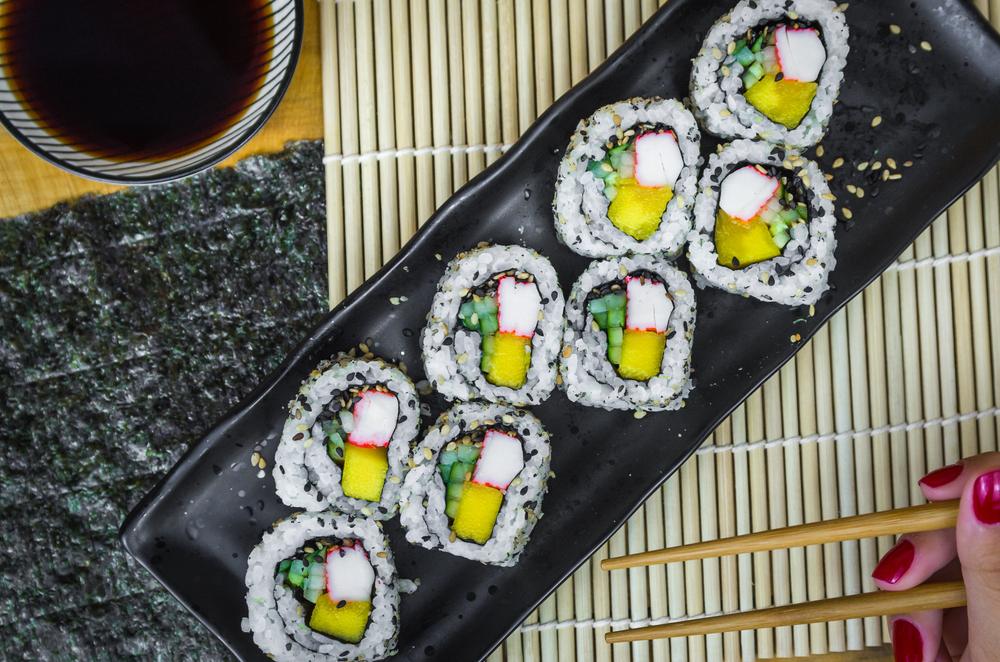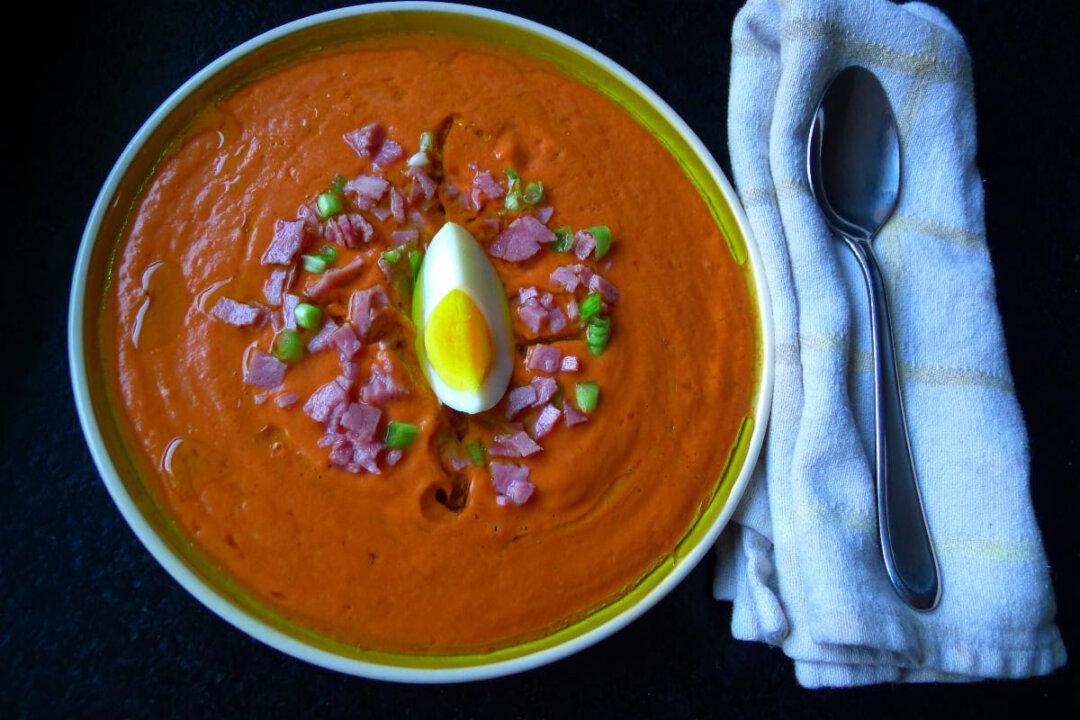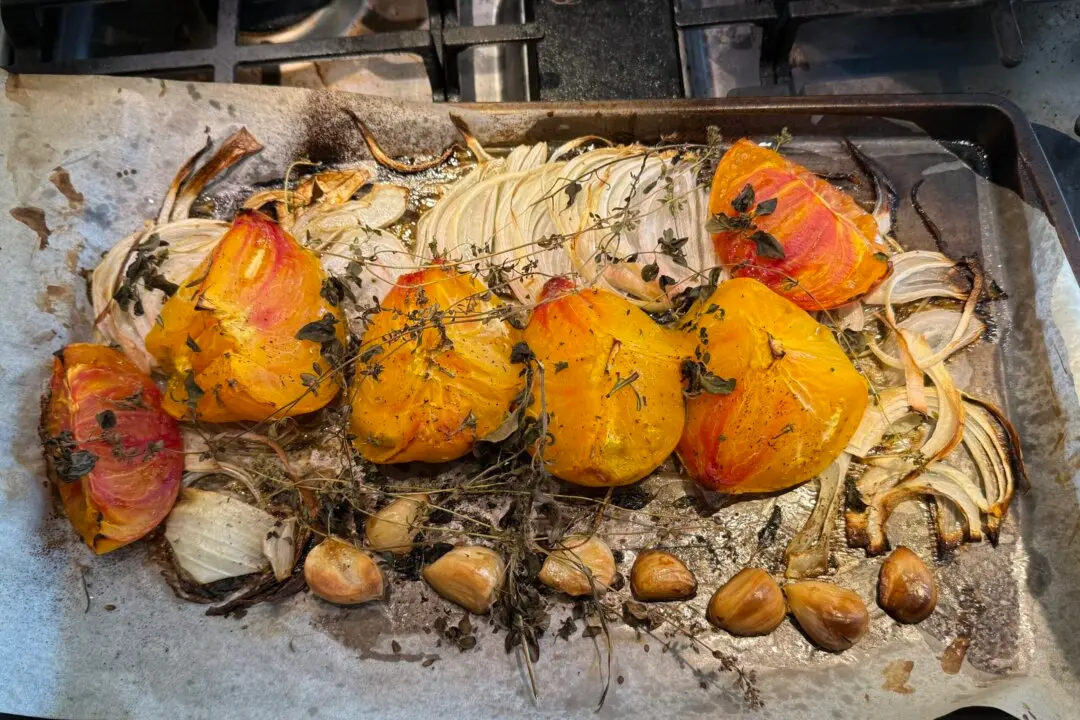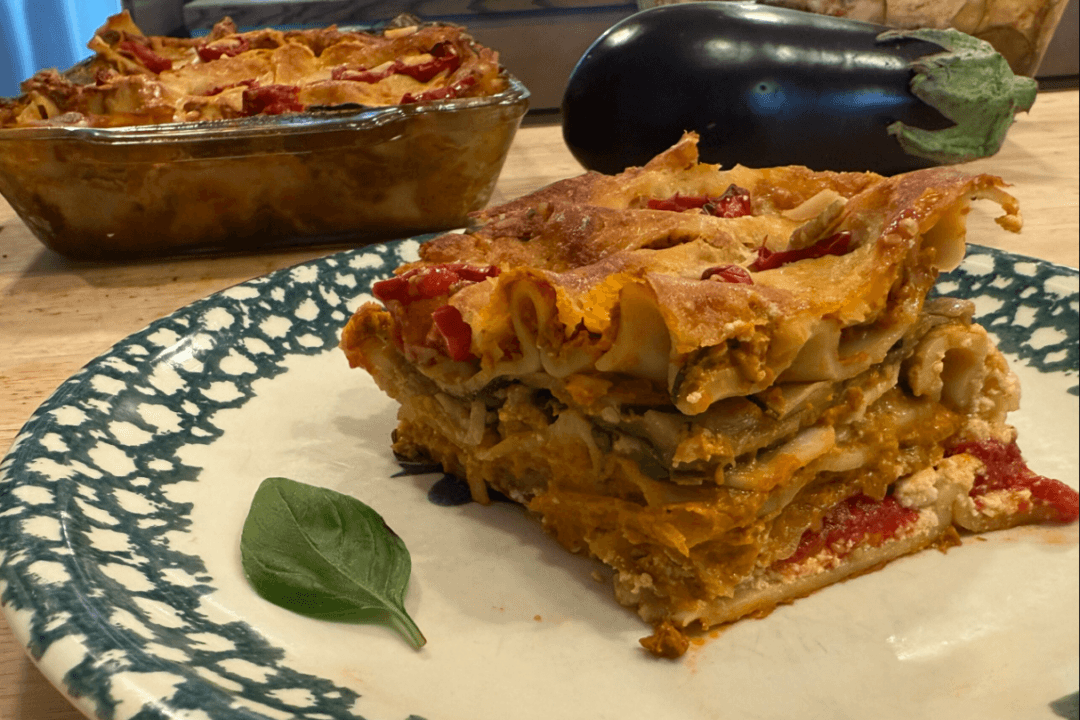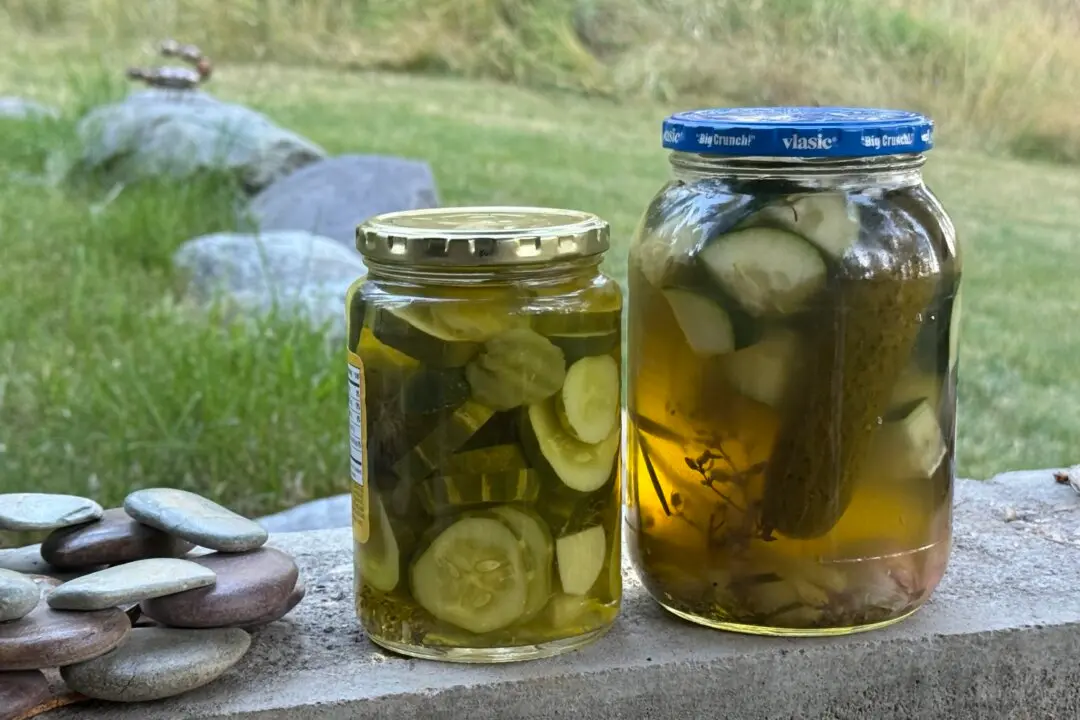My son Remy was supposed to bring cheese and crackers for the ski team potluck, so of course he wanted to bring California rolls. It was a lot more work, but a good idea. Everyone loves California rolls. And I am well-trained in making them.
The California roll is actually from Canada. Japanese-born chef Hidekazu Tojo first served it in the 1970s at Jinya, a restaurant in Vancouver. Tojo wanted a sushi roll that would appeal to a North American audience that was often skeptical of eating seaweed and raw fish. He concealed the seaweed by rolling it with the rice on the outside, and he used fake crab and avocado to mimic the experience of eating raw tuna. It was originally called the “Inside Out Roll,” but the staff at Jinya noticed that guests from California were especially enthusiastic about it, so they changed the name.

